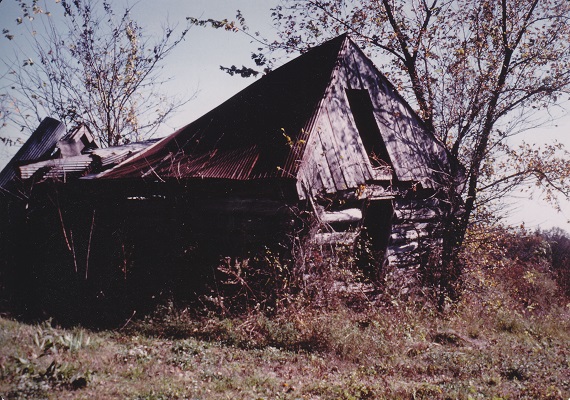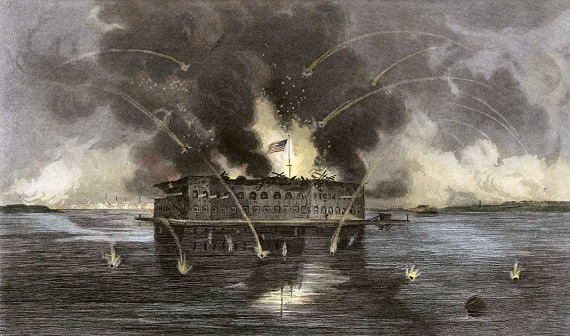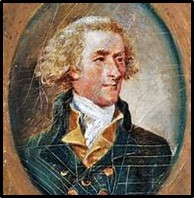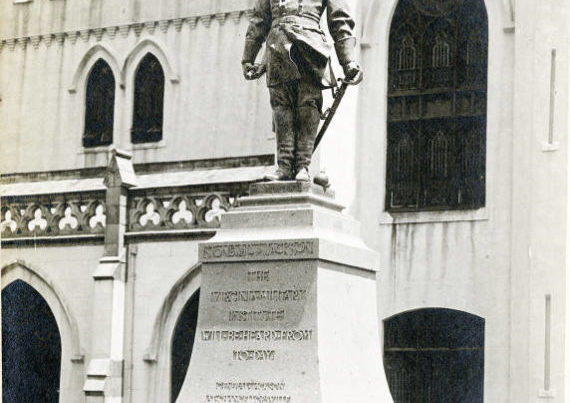
Estimates of the number of South Vietnamese civilian casualties during the U.S. war in Vietnam vary. A U.S. Dept. of Defense estimate put the numbers at 1.2 million, including 195,000 killed. In 1975, a U.S. Senate sub-committee put the total at 1.4 million casualties, including 415,000 killed. The majority of those killed were women and children.
In 1995, the Vietnamese government estimated that there were more than three million deaths in of all Vietnam during the U.S. war, including two million civilians. A 2008 study by researchers at Harvard Medical School and the University of Washington’s Institute for Health Metrics and Evaluation estimated that there were about 3.8 million civilians and combatant Vietnamese deaths, during this period.
The total population of North and South Vietnam in 1965, when the U.S. war began in earnest, was nearly 38 million. The excuse for the numbers of Vietnamese killed and wounded in South Vietnam was that the U.S. military could not tell who was Viet Cong and who was not, which was quite true. Bombings in North Vietnam were not covered by this explanation.
The indiscriminate slaughter of non-combatant civilians and whole South Vietnam village populations partly resulted from a U.S. emphasis on body counts and made farming areas free-fire zones. Given human nature and familial affection, U.S. behavior must have caused resentment and stimulated new recruits for the Viet Cong and an increasing determination for those already fighting against the U.S. and South Vietnamese government.
In 1968 there were about 50,000 North Vietnamese troops in South Vietnam and 60,000 uniformed South Vietnamese communist-nationalist troops. In addition, the number of part time local farmer-partisans was probably several hundred thousand.
The Vietnam War represents but one example unwarranted killing rebounding to the benefit of the killers’ enemy, and Southerners should be more sensitive to this than other Americans. The story of the Evans family of Howard County, Missouri, as told here for the first time publicly, is an example of how criminal violence by U.S. forces against non-combatant civilians bred retaliatory violence against U.S. forces and their supporters in Missouri during Mr. Lincoln’s War.
Lincoln’s call for 75,000 troops to crush the so-called “rebellion” in seven states that had seceded and formed the Confederate States of America (CSA), in late 1860 through early 1861 resulted in the secession of four more states. The citizens of these states felt a federal union held together by force was not worth belonging to.
Lincoln knew that more states might secede, so he ordered U.S. forces to arrest and imprison elected officials in Maryland, Kentucky, and Missouri and replace them with men that favored his war. Extreme violence was often used by Lincoln supporters to ensure citizens of these states could not exercise the right of self determination. The Evans family’s story is an example of that violence and its result.
The story was told to me by Daniel Vincent Patrick “Dan” O’Connor, a great, great, great grandson of Pleasant L. Evans. O’Connor was raised in Missouri and lived in Parker, Colorado, when he told me this story.
Pleasant Evans was born in Bourbon County, Kentucky in 1793. He married Hanna Miller, born 1797, and the couple moved to northwestern Boone County, Missouri in 1819. They later moved to northeastern Howard County. Both counties are roughly in mid-Missouri. The couple owned 200 acres and lived there in a fine log cabin with a brick chimney where they raised a large family.
Pleasant Evans and his family were neither slave owners nor Democrats. They had been supporters of the Whig party which dissolved in the 1850s. In July 1862, men dressed in civilian clothes came to Pleasant Evans’ home and told him a sick neighbor was calling for him. Pleasant Evans went with these men, and when they were at the crossroad, about 500 yards from his home, they shot and bayoneted him. The men that did this were enrolled Missouri Militia, led by Capt. (or Lt.) Street (also known as Stret). Many families experienced similar violence.
The reason for the attack was never known. The Evans’ were Confederate sympathizers, but had no family member in the Confederate army or with Confederate partisans.
(The Missouri Militia were a military force raised by the U.S. occupation administration in Missouri. It replaced the Missouri State Guard, which was organized by Missouri in May 1861 to protect Missouri from invasion by U.S. military forces. The State Guard remained faithful to the elected governor and legislature and joined the war on the Confederate side.)
Pleasant Evans died two days later as a result of the wounds inflicted on him. Before he died, he asked his sons not to join Confederate forces. His six sons were furious because U.S. forces had killed their father. The five that lived in Howard County ignored his request and immediately joined partisans led by Bill Anderson and Capt. Charles W. Quantrill in west-central Missouri. Partisan activities and CSA military threats caused the U.S. to keep 70,000 U.S. troops in Missouri during the war.
Capt. John Evans, a great, great grandfather of Dan O’Connor, was one of the sons that joined Confederate partisans. He was with Anderson at Fayette and Centralia and was often called “Doc” because of his presumed ability to doctor horses and mules.
James, another brother, was with Quantrill during the daring and highly successful raid on Lawrence, Kansas, on Aug. 21, 1863. The Lawrence raid revenged two atrocities by U.S. forces:
One atrocity was the raid on Sept. 25, 1861 by U.S. forces from Lawrence, Kansas on Osceola, Missouri. In that raid, the Kansas forces killed civilians and plundered and burned Osceola to the ground.
The other atrocity began on Aug. 1, 1863 when the U.S. army 17 women and one child as hostages in Kansas City, Missouri. Those taken hostage had committed no crimes but were southern sympathizers and kin of Confederate partisans. While the hostages were imprisoned, U.S. forces weakened a wall of the building in which the hostages were imprisoned by digging under the wall. The digging was reported to the U.S. army’s commandant responsible for the building, but he took no action and the building collapsed and killed or permanently injured the hostages.
A third Evans brother, Thomas, was with Quantrill, when the partisan leader moved through Kentucky in 1865, where he was fatally wounded. After the war ended, Thomas feared U.S. retaliation and hid on the farm of his brother Francis Marion Evans in Ralls County, Missouri. Francis Marion Evans had not joined the partisans.
Two other sons, George and William also rode with the partisans. They died during a raid in Benton County, Missouri in October 1865. The family history handed down to Dan O’Connor says U.S. troops crept up on them while they slept under a tree and shot them.
After Lincoln’s War ended, John lived on his own farm about three miles north of his dead father’s farm. In January 1866, he sold his property and moved as a result of semi-official antagonism on the part of Republican partisans in the State. He bought 40 acres in northern Boone County, Missouri, but sold in 1868 again as a result of the same problem. After that, he reportedly lived near Vandalia, Missouri, south of his brother, Francis Marion Evans.
During Mr. Lincoln’s War, U.S. atrocities committed by the United States army were intended to intimidate or punish civilians. U.S. violence against civilians was not publicized by the U.S.-controlled press. Instead, those publications routinely reported completely false atrocities they claimed had been committed by the Confederacy. But word of mouth could not be completely silenced either by Republican partisan press or intimidation by armed Republican thugs.
The story of the Evans family and others like it is relevant today. A study of accurate history could have helped the U.S. government and its military commanders understand the potential result if they engaged in indiscriminate killing on a foreign population during the Vietnam War or perhaps during current sustained military operations in the Middle East.
But what happened in Missouri and elsewhere during Mr. Lincoln’s War is not taught in modern history textbooks. What is taught is sanitized semi-fiction, and as with reports in the U.S. controlled press during Mr. Lincoln’s War, this semi-fictional history is stated as fact because its stories are the only ones most students in the U.S. and former CSA have learned for more than 150 years.
The fate of Pleasant Evans and the revenge five of his sons inflicted in return illustrates how violence breeds more violence, as friends and kin of the dead and injured seek revenge against the perpetrators. Even long after Lincoln’s War ended, Dan O’Connor says, “the war may be an old story to many, but for me this is a fresh, bitter memory.”






